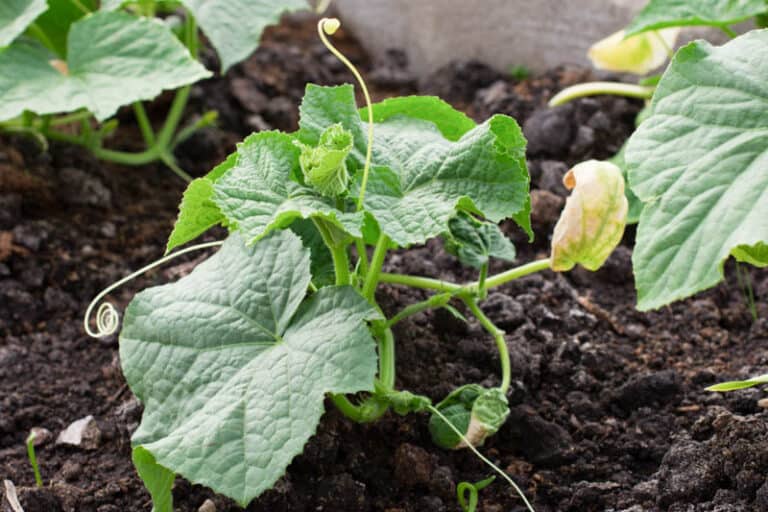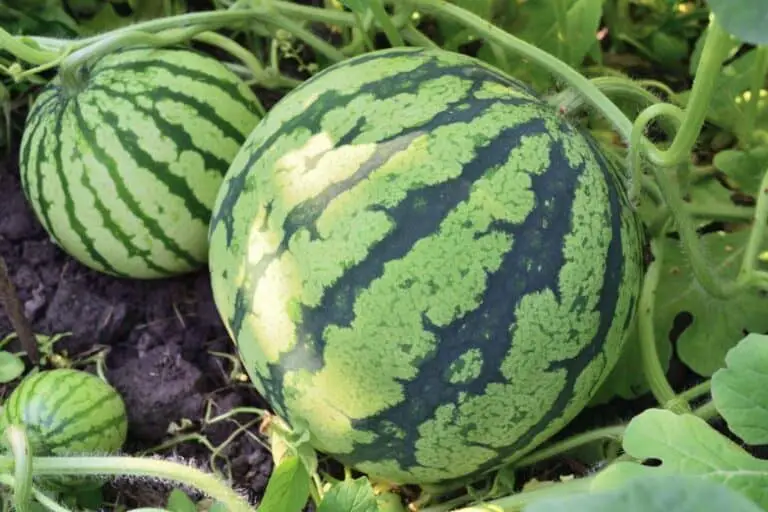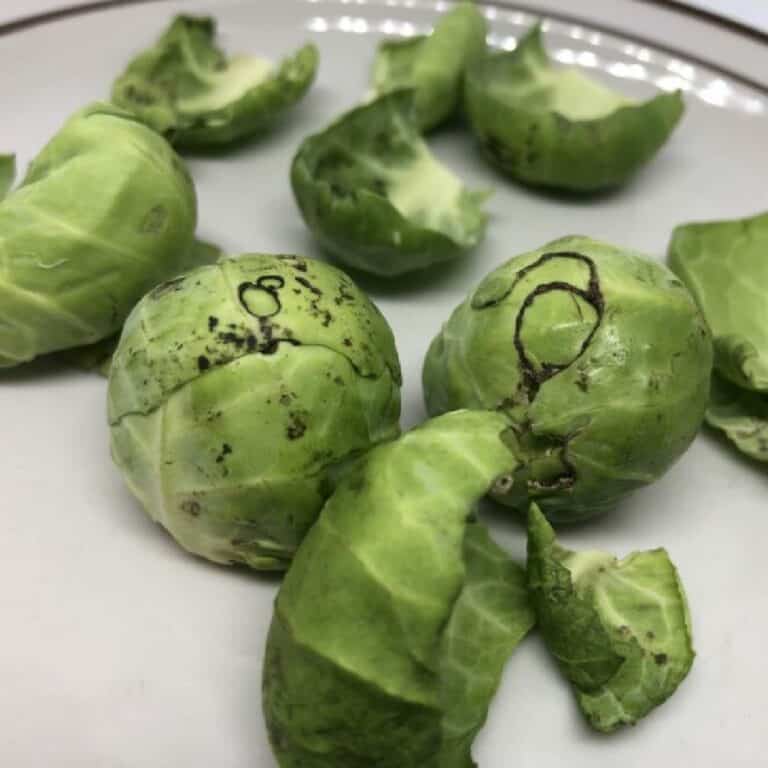Why Are Brussel Sprouts Different Colors? (Do They Taste Different?)
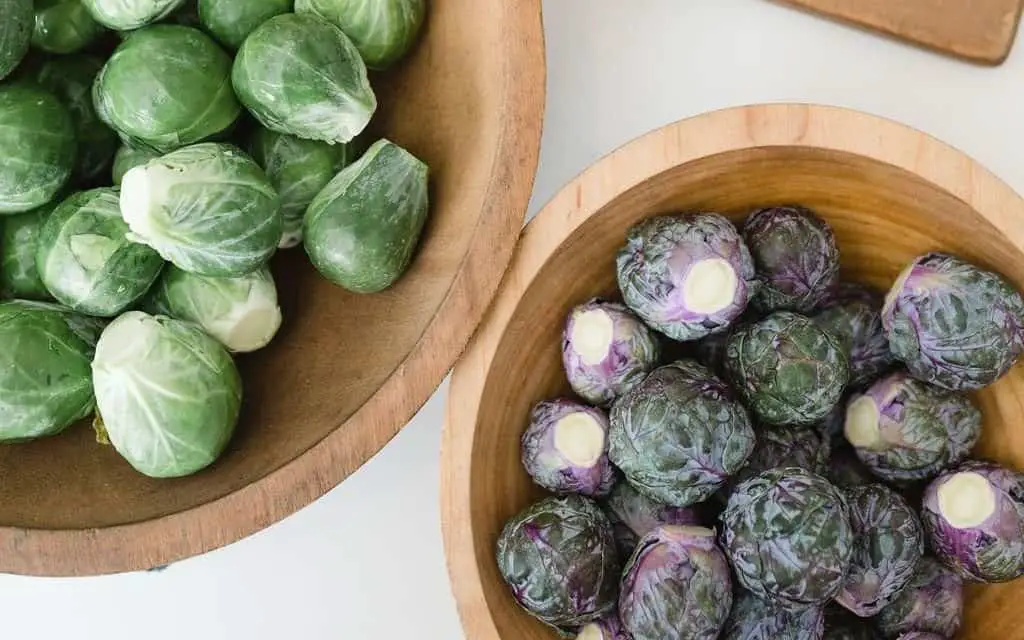
When it comes to vegetables, Brussels sprouts have earned themselves a distinctive place on our plates. These mini-cabbages have made a comeback in recent years, gracing our tables with their nutritious presence and undeniable charm. But what adds an extra dash of intrigue to these tiny veggies is their stunning array of colors?
From vibrant green to deep purple, Brussels sprouts come in various shades that not only catch the eye but also beg the question: do they taste different? Join us as we embark on a flavorful journey into the world of Brussels sprout colors, uncovering the secrets behind their captivating hues and exploring whether these shades truly influence their taste.
Get ready to tantalize your taste buds and unravel the delightful mysteries of these colorful cruciferous delights.
Introduction to Brussel Sprouts and Their Varieties
Brussel sprouts, those miniature cabbage-like vegetables, come in various colors, each offering a unique visual appeal. But do these different colors affect their taste? Let’s delve into the world of Brussel sprout varieties and explore whether their colors truly make a difference.
Brussel sprouts belong to the Brassicaceae family, along with other cruciferous vegetables like broccoli and kale. These tiny veggies are packed with nutrients and are known for their distinctive flavor. While green Brussel sprouts are the most common variety, they are not the only ones available.
1. The Green Brussel Sprouts
Green Brussel sprouts are the familiar variety found in most grocery stores and kitchens. These sprouts feature compact, leafy heads that range from pale green to vibrant emerald. They have a slightly sweet and nutty flavor, complemented by a delightful crispness.
When cooking green Brussel sprouts, you can steam, roast, or sauté them to unlock their full potential. They make a fantastic side dish when seasoned with garlic, olive oil, and a sprinkle of sea salt.
In terms of nutrition, green Brussel sprouts are a powerhouse. They are rich in fiber, vitamins C and K, folate, and antioxidants, making them a nutritious addition to any meal.
2. The Purple Brussel Sprouts
Purple Brussel sprouts boast an enchanting deep purple hue that sets them apart from their green counterparts. The color variation arises due to the presence of anthocyanins, pigments responsible for the purple coloring found in various fruits and vegetables.
Beyond their captivating appearance, purple Brussel sprouts offer a slightly milder flavor compared to the green variety. They possess a subtle sweetness with earthy undertones, making them an intriguing choice for culinary exploration. While their texture remains similar to green Brussel sprouts, the purple ones may exhibit a slightly softer bite when cooked.
3. The Red Brussel Sprouts
If you’re seeking a visually striking addition to your plate, red Brussel sprouts are the answer. These vibrant crimson sprouts owe their color to anthocyanins, similar to purple Brussel sprouts. The intensity of the red hue may vary, ranging from deep maroon to bright ruby tones.
Regarding taste, red Brussel sprouts offer a nuanced flavor profile. They retain the nutty essence found in green Brussel sprouts, but some individuals claim that red ones have a slightly milder and sweeter taste. However, taste preferences can be subjective, and the distinction may not be pronounced for everyone.
4. The Yellow Brussel Sprouts
Yellow Brussel sprouts introduce a cheerful splash of color to the Brussel sprout family. These bright and sunny sprouts owe their yellow hue to carotenoid pigments. They have a similar taste to their green counterparts, with a subtle sweetness and a hint of nuttiness. The texture is also comparable, providing a satisfying crunch when cooked properly.
The Hybrid Brussel Sprouts
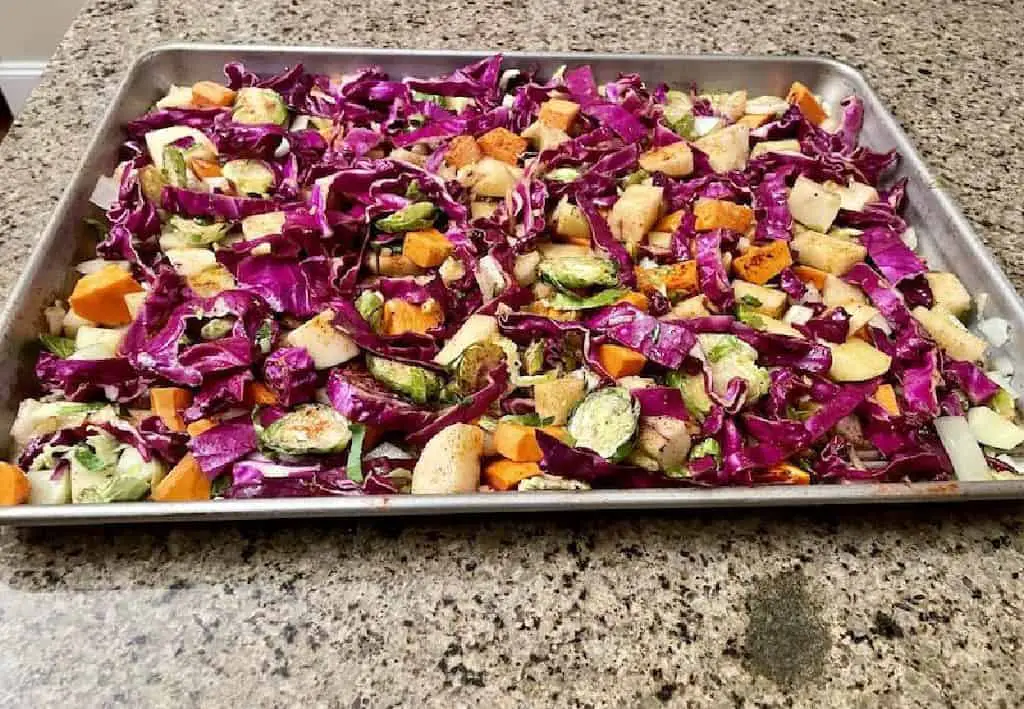
Hybrid Brussel sprouts offer a captivating fusion of colors, bringing a unique twist to this versatile vegetable. These hybrids are the result of deliberate cross-breeding techniques, where different colored varieties are combined to create new and exciting combinations. The aim is to produce Brussel sprouts with enhanced flavor profiles and visual appeal.
When it comes to taste variations in hybrid Brussel sprouts, the possibilities are intriguing. The combination of different colors may introduce subtle nuances to the flavor, texture, and overall eating experience. It’s like unlocking a culinary adventure, where each hybrid variety presents its own distinctive characteristics.
The Influence of Color on Taste Perception
Now that we’ve explored the different colors of Brussels sprouts, let’s address the burning question: Does the color of Brussels sprouts affect their taste? While the color does provide a visual distinction, it does not significantly impact the flavor of Brussels sprouts. The variety of Brussels sprouts, the cooking process, and the seasoning all play a major role in determining the taste.
Regardless of their color, Brussels sprouts share a similar cruciferous flavor profile. The taste can be described as mildly bitter, nutty, and slightly sweet. However, the intensity of these flavors may vary slightly between different varieties.
For instance, red Brussels sprouts may have a touch of sweetness, while green ones tend to be slightly more bitter. Nonetheless, these flavor differences are subtle and can be easily balanced with proper cooking techniques and seasoning.
Read: Can You Eat Unripe and Raw Brussel Sprouts? Can It Make You Sick?
Factors Affecting Taste in Brussel Sprouts
While color is a noteworthy aspect of taste perception, it’s not the sole determinant of flavor in Brussel sprouts. Several other factors come into play, shaping our experience with these delectable vegetables. Considerations such as freshness, cooking methods, and seasonings all contribute to the final taste sensation.
Freshness is key when it comes to Brussel sprouts. Opting for fresh, high-quality sprouts ensures that you’re savoring them at their best. Cooking techniques also play a vital role in enhancing or altering the taste. Roasting can bring out a delightful caramelization, while steaming preserves a vibrant crunch. Seasonings and flavor combinations, such as balsamic glaze or garlic-infused olive oil, can elevate the taste of Brussel sprouts and add a tantalizing twist.
Cooking Brussels Sprouts to Perfection
To make the most of the flavors and colors of Brussels sprouts, it’s important to cook them properly. Overcooking can lead to a mushy texture and a strong, unpleasant taste. Here are a few tips to help you cook Brussels sprouts to perfection:
- Choose fresh Brussels sprouts: Look for firm, compact sprouts with vibrant colors. Avoid sprouts that have yellowing leaves or appear wilted.
- Trim and clean: Remove any loose or damaged outer leaves from the sprouts. Rinse them under cold water to remove any dirt or debris.
- Cooking methods: Brussels sprouts can be cooked using various methods, each offering a unique culinary experience.
Here are a few popular cooking techniques to try:
- Roasting: Preheat your oven to around 400°F (200°C). Toss the Brussels sprouts with olive oil, salt, and pepper. Spread them in a single layer on a baking sheet and roast for about 20-25 minutes until they are tender and slightly browned. Roasting enhances the nutty flavors and brings out the natural sweetness of Brussels sprouts.
- Sautéing: Heat a skillet over medium heat and add a drizzle of olive oil or butter. Add the trimmed and halved Brussels sprouts to the skillet, season with salt, pepper, and any desired herbs or spices. Cook for about 8-10 minutes, stirring occasionally, until they are tender and lightly caramelized. Sautéing allows for a quick and flavorful cooking method, perfect for weeknight meals.
- Steaming: Fill a pot with about an inch of water and place a steamer basket or insert inside. Bring the water to a boil, then add the Brussels sprouts to the steamer basket. Cover and steam for approximately 6-8 minutes until they are tender but still retain their vibrant color. Steaming helps preserve the nutrients and results in tender Brussels sprouts with a slightly crisp texture.
Remember, regardless of the cooking method, it’s essential to avoid overcooking the Brussels sprouts to maintain their flavors and textures.
Feel free to experiment with different cooking methods and find the one that suits your tastes best. Each technique imparts a unique flavor and texture to Brussel sprouts, allowing you to discover new dimensions of their deliciousness.
Read: Do Brussel Sprouts Grow Underground? How Deep Do They Need To Grow?
Exploring Flavor Combinations
Brussels sprouts’ mild bitterness and nutty undertones make them a versatile ingredient that pairs well with a variety of flavors. Here are some delicious flavor combinations to enhance your Brussels sprouts dishes:
- Balsamic Glaze and Parmesan: Drizzle roasted Brussels sprouts with a balsamic glaze and sprinkle freshly grated Parmesan cheese on top. The tangy sweetness of the glaze and the savory notes of the cheese complement the earthy flavors of the sprouts.
- Maple and Bacon: Toss sautéed Brussels sprouts with crispy bacon and a drizzle of maple syrup. The combination of smoky bacon and sweet maple syrup balances the sprouts’ bitterness and adds a delightful contrast of flavors.
- Garlic and Lemon: Sauté Brussels sprouts with minced garlic in olive oil until lightly golden. Squeeze fresh lemon juice over the sprouts before serving. The garlic imparts a savory aroma, while the citrusy tang of lemon brightens the overall taste.
- Honey and Mustard: Whisk together honey, Dijon mustard, and a splash of apple cider vinegar. Toss the Brussels sprouts in this sweet and tangy dressing before roasting. The honey adds a touch of sweetness, and the mustard provides a subtle zing.
Personal Preferences and Variability in Taste Perception
As with any food, taste is subjective, and personal preferences vary from person to person. Brussel sprouts are no exception. Some individuals may prefer the mild sweetness of purple or red varieties, while others may favor the classic nuttiness of green Brussel sprouts. It’s all about individual taste buds and the unique sensory experiences we each possess.
Embrace the variability in taste perception and don’t hesitate to try different varieties of Brussel sprouts. Experiment with cooking methods, seasonings, and flavor pairings to find your perfect combination. By exploring the diverse palette of Brussel sprout colors and flavors, you can cultivate a culinary adventure that satisfies your unique preferences.
Conclusion
In the colorful world of Brussel sprouts, the different hues offer not only visual intrigue but also potential variations in taste. Hybrid Brussel sprouts bring a fusion of colors to the table, while the influence of color on taste perception adds an exciting dimension to our culinary experiences. However, it’s essential to consider that taste is a complex interplay of factors, with color being just one piece of the puzzle.
Factors like freshness, cooking techniques, and seasonings also contribute significantly to the taste of Brussel sprouts. Embrace the opportunity to explore various cooking methods and flavor combinations to enhance your enjoyment of these nutritious vegetables.
Remember, taste is a personal journey, and your preferences may differ from others. So, don’t hesitate to embark on your own exploration, savoring the flavors of green, purple, red, and hybrid Brussel sprouts to discover the ones that tantalize your taste buds the most. Happy culinary adventures with Brussel sprouts and bon appétit!

